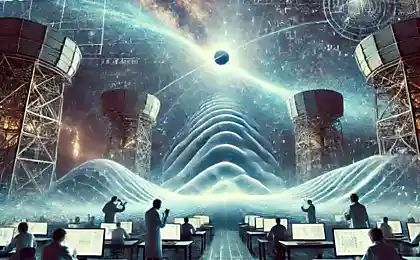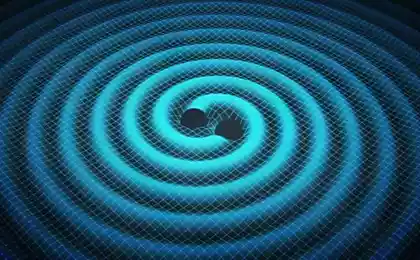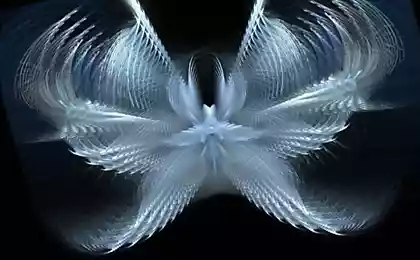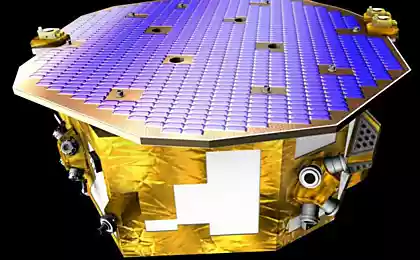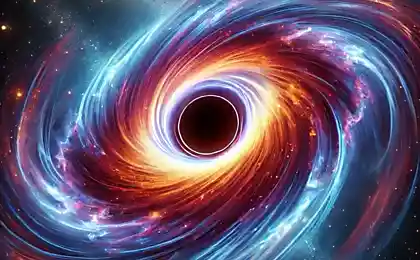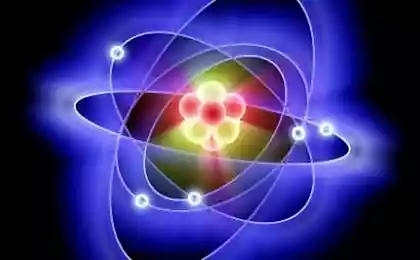466
6 surprising facts about gravitational waves

Gravitational waves should not be useful
This is a common question that comes along with a new scientific discovery: Can gravitational waves exist? Can we swim on them? Is there anything useful that can be done with them? For example, build an anti-gravity machine. Or a warp drive. All these ideas are beautiful in their own way, but they do not capture the main thing. We don’t study gravitational waves to do anything. We study gravitational waves because we want to understand gravitational waves.
Richard Feynman said this very well:
“Physics is like sex: it may produce some practical results, but that’s not why we do it.” Obviously, it is difficult to predict the emergence of new technologies that could take advantage of this discovery. Take a laser, for example. When it was created in 1960, many thought it would have no practical application. Of course they were wrong. Lasers are everywhere today.
LIGO does not prove the existence of gravitational waves
Let’s start with the essence of “proof”. Science never proves the truth of something; it simply cannot. Science builds models. If these models match real data, that’s fine — but that doesn’t confirm the model. On the contrary, if you find data that is not consistent with your model, it may indicate that the model is flawed. The word “proof” should not be used.
Next. LIGO has not proved the existence of gravitational waves. But this project was the first to gather evidence to support a gravitational-wave model. Is that better? Nope. The problem remains. Back in time. In 1993, Russell Hulse and Joseph Taylor Jr. received the Nobel Prize in Physics for their discovery of a binary pulsar with a changing orbital period. According to Einstein’s general theory of relativity, these pulsars should emit gravitational waves and reduce the orbital period, as Hals and Taylor precisely discovered. We can say that they were the first to obtain convincing evidence of the existence of gravitational waves.
But didn't LIGO detect the waves instead of just finding an indication of their existence? You can say so, but it all depends on what is considered a “direct dimension”. No one has seen a gravitational wave. LIGO looked at the movement of mirrors, armed with ideas about gravitational waves. Don't get me wrong, the discovery is serious.
LIGO would not have detected this signal without Advanced LIGO.
Advanced LIGO has increased the sensitivity of detectors. Since the strength of the gravitational wave signal weakens with the distance traveled, a more sensitive detector will allow you to "see" The universe goes on. Much further.
Without Advanced LIGO, a gravitational event (like the collision of neutron stars) would be required much closer to Earth. If these events are rare, you will have to wait a long time. By increasing the observation distance, LIGO increases the chances of detecting future events.
There's a lot invested in LIGO.
The National Science Foundation has been investing in the search for gravitational waves since the 1970s. Since then, about $1.1 billion has been invested in it. That’s a lot of money divided for a long time. Of course, everyone would like to return early, but it does not always turn out like this. Science knows how to wait, endure, and not see progress for a long time (although there is progress). Is this project worth a billion dollars? Absolutely. But in 2015, the U.S. military spent $600 billion, making the LIGO investment look like nonsense.
There are plans to send a gravitational wave detector into space
Exactly. The detector in space will be spared from intrusive noise on the ground. And there will be a vacuum. The Space Gravitational Observatory will also be quite large, as it will have to place mirrors in different places. There will be a lot of technical difficulties associated with this, but we will try.
This is the goal of eLISA. As part of the program, two LISA Pathfinder test masses were launched. This particular mission will test how precisely the two masses can be positioned — a necessary step toward building a space-based gravitational observatory.
Low-frequency gravitational waves can be measured with a radio telescope
Pulsars are like clocks in the universe. The timing of the pulsar is measured using radio telescopes (which use radio waves instead of visible light). How could they be used as gravitational wave detectors? For example, look at the signals of pulsars in different places. When a low-frequency gravitational wave passes through pulsars, their own timing changes. Based on the changes in time and location of pulsars, you can create an essentially giant version of LIGO in space. These are called arrays of pulsar time lattices, and they are completely real.
LIGO may be happy to report the detection of a gravitational wave before radio telescopes did.
Author: Ilya Hel
P.S. And remember, just by changing our consumption – together we change the world!
Join us on Facebook, VKontakte, Odnoklassniki
Source: hi-news.ru/research-development/shest-neozhidannyx-faktov-o-gravitacionnyx-volnax.html
Children - the need for the "number" of mothers
Revelation staff:10 dishonest above the fitness clubs that can cost you money and health
